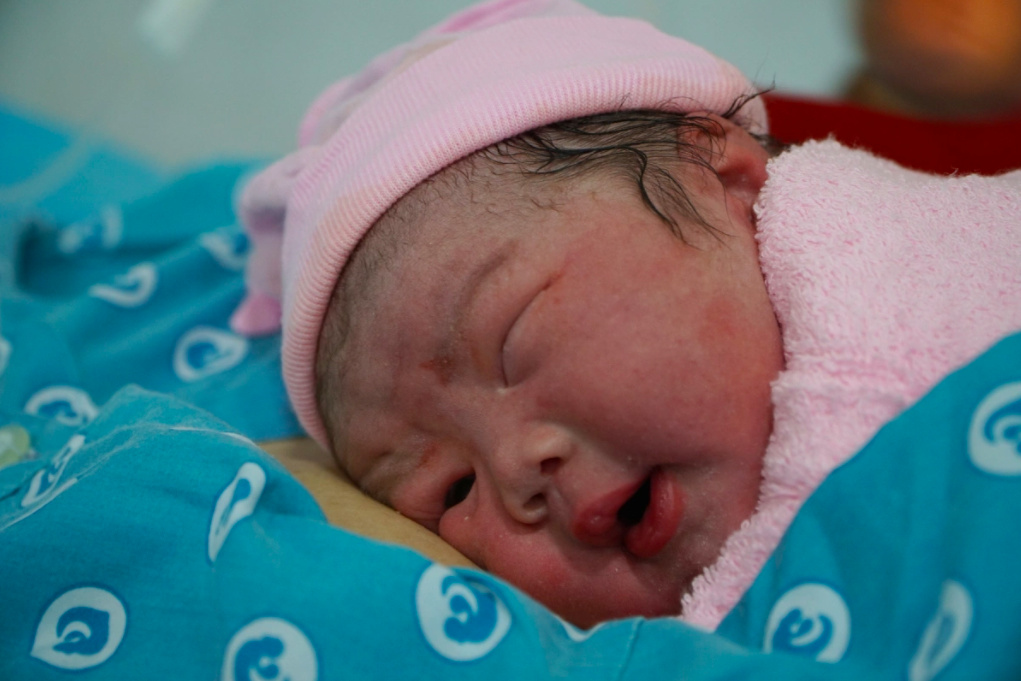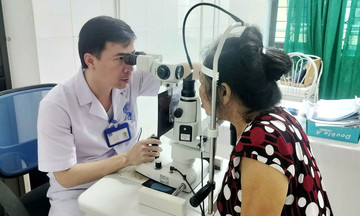Minister of Health Dao Hong Lan made the proposal on 11/7, noting that while the increasing sex ratio at birth has been curbed, it remains unstable and higher than the natural balance.
At the World Population Day event, Minister Lan reiterated that Vietnam is facing a declining birth rate and a surplus of males. To address these issues and encourage families to have two children, especially girls, the Ministry of Health is finalizing a proposal for a Population Law, to be submitted to the government in December and the National Assembly in 2025.
Demographic surveys reveal a sex ratio at birth of 110.5 boys per 100 girls in 2009, 111.5 in 2019, and 111.4 in 2024. This significantly exceeds the natural ratio of approximately 106 boys per 100 girls.
The imbalance is primarily concentrated in northern provinces, particularly the Red River Delta. 10 out of 11 provinces in this region have ratios above 110, notably Bac Ninh, Vinh Phuc (118.5), Hanoi (118.1), and Hung Yen (116.7). Some central and northern mountainous provinces also report high ratios, including Bac Giang (116.3), Son La (115), Lang Son (114.5), and Phu Tho (113.6). Conversely, southern provinces maintain ratios closer to the natural balance, ranging from 105 to 108.
This imbalance negatively impacts the future population structure, leading to a surplus of men. The General Statistics Office projects a surplus of 1.5 million men aged 15 to 49 by 2034 if the current trend continues, potentially reaching 1.8 million by 2059.
Dr. Mai Xuan Phuong, former Deputy Director of the Department of Communication and Education, General Department of Population (now the Department of Population, Ministry of Health), notes that many Vietnamese still prefer sons, especially with the declining birth rate of 1.91 children per woman, below the ideal rate of 2.1. Many families, limited to one child, seek ways to select the sex of their fetus.
Traditional beliefs emphasizing male heirs for ancestral worship and undervaluing women further exacerbate the gender gap. Easy access to sex-selective medical services contributes to sex-selective abortions.
 |
A baby girl born at Tu Du Hospital. Photo: Thu Anh |
A baby girl born at Tu Du Hospital. Photo: Thu Anh
Authorities aim to restore the natural sex ratio at birth, targeting a ratio below 109 boys per 100 girls by 2030. The Ministry of Health is developing a Population Law and a healthcare, population, and development program for 2026-2035, prioritizing measures to encourage births, reduce gender imbalance, and adapt to the aging population.
A key proposal is offering financial incentives and support to families with two daughters. Specific measures to mitigate gender imbalance at birth will be implemented locally and nationally. Prior to mergers, some localities like Hai Phong, Hau Giang, Bac Lieu, and Ben Tre already provided such support.
In early June, the Ministry of Health also proposed increasing fines for sex selection from 30 million to a maximum of 100 million VND to deter the preference for sons. The current maximum fine of 30 million VND is deemed insufficient.
The ministry also proposes regularly publicizing localities with gender imbalances at birth. Furthermore, it emphasizes promoting education to change perceptions, elevate women's status, eliminate gender bias, and encourage natural births.
Le Nga












